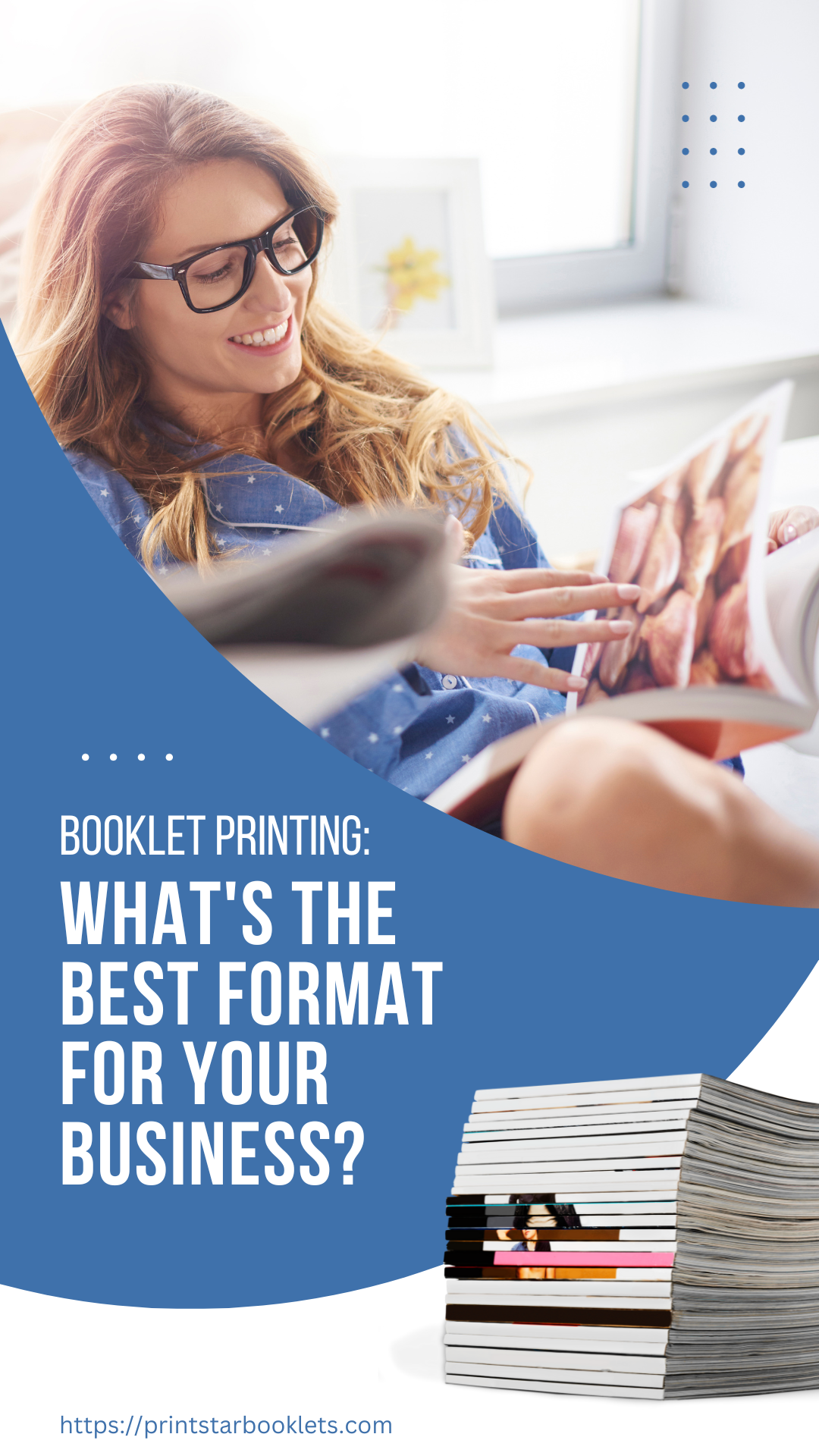Binding Techniques: Binding Your Message Together
Binding is another crucial aspect of booklet printing. The binding technique used can impact the booklet's lifespan, usability, and appearance.
Here are the main types of binding and their suitable uses:
Saddle Stitching: This involves folding the pages and using staples along the fold line. It's cost-effective and suitable for small booklets.
Perfect Binding: This technique glues the pages to the cover, creating a clean, professional look. It's best for thicker booklets.
Wire-O Binding: It uses a double loop wire for a high-end finish. It's ideal for booklets that need to lay flat when open, such as recipe books or instructional manuals.
Paper Type and Quality: The Foundation of Your Booklet
The type and quality of paper play a significant role in the final appearance and feel of your booklet. The paper you choose can speak volumes about your brand.

Consider these options:
Glossy paper: Makes colors vibrant and images sharp. Ideal for photo-heavy booklets.
Matte paper: Provides a smooth, elegant finish. Great for text-heavy booklets.
Uncoated paper: Has a natural, tactile feel. Excellent for vintage or artisan-themed booklets.
Design and Layout: The Art of Capturing Attention
The design and layout of your booklet are crucial in conveying your brand's message to customers. A high-quality, captivating design is key to distinguishing your booklet from competitors.
Cover Design: The cover is your first point of engagement with customers. It needs to be visually striking and convey a clear idea of what the booklet contains. An effective cover design not only grabs attention but also sets the tone for the content inside.
Content Layout: The internal layout is equally important. It should be clean, well-organized, and reader-friendly. Utilize fonts and colors that are easy on the eyes and reflect your brand's identity. A thoughtful layout ensures that the information is accessible and enjoyable to read, enhancing the overall impact of your booklet.
Digital vs. Offset Printing: Weighing the Pros and Cons
Digital printing is quick and cost-effective, especially for short runs. It's best for tight deadlines or personalized booklets.
Offset printing, on the other hand, provides superior image quality and color accuracy. It's more economical for larger runs but has a longer turnaround time.
Booklet Printing: Tailoring the Best Format for Your Business
In conclusion, selecting the best format for your business's booklet printing is a multi-faceted decision. Consider your purpose, audience, and budget when making your choice. By aligning your format with your business goals, you can create a booklet that captures attention, communicates effectively, and contributes to your success.
FAQs
1. What is the most cost-effective booklet printing option?
The cost-effectiveness of a printing option depends on several factors, including the booklet's size, paper type, binding, and quantity. Generally, digital printing is more cost-effective for small runs, while offset printing is economical for larger runs.
2. Can I print booklets in different sizes?
Yes, booklets can be printed in various sizes to meet your specific needs. The most common sizes are 8.5" x 11", 5.5" x 8.5", and 6" x 6", but custom sizes are also possible.
3. How can I ensure the highest quality in my printed booklets?
To ensure high-quality booklets, use a high-resolution design, choose the appropriate paper and binding method, and work with a reputable printing company that can provide guidance and support throughout the process.
![]() We offer a 100% satisfaction guarantee on all of our services.
We offer a 100% satisfaction guarantee on all of our services.